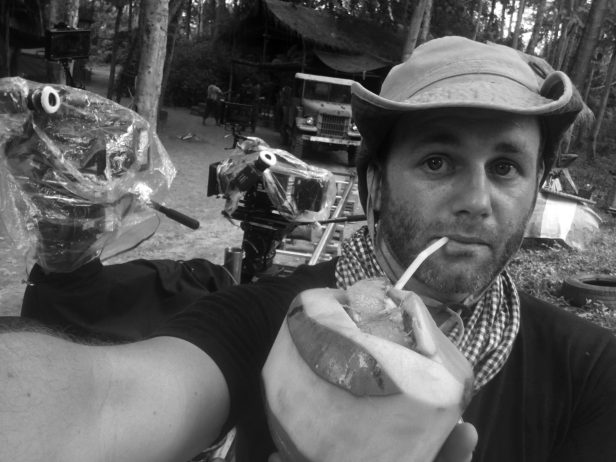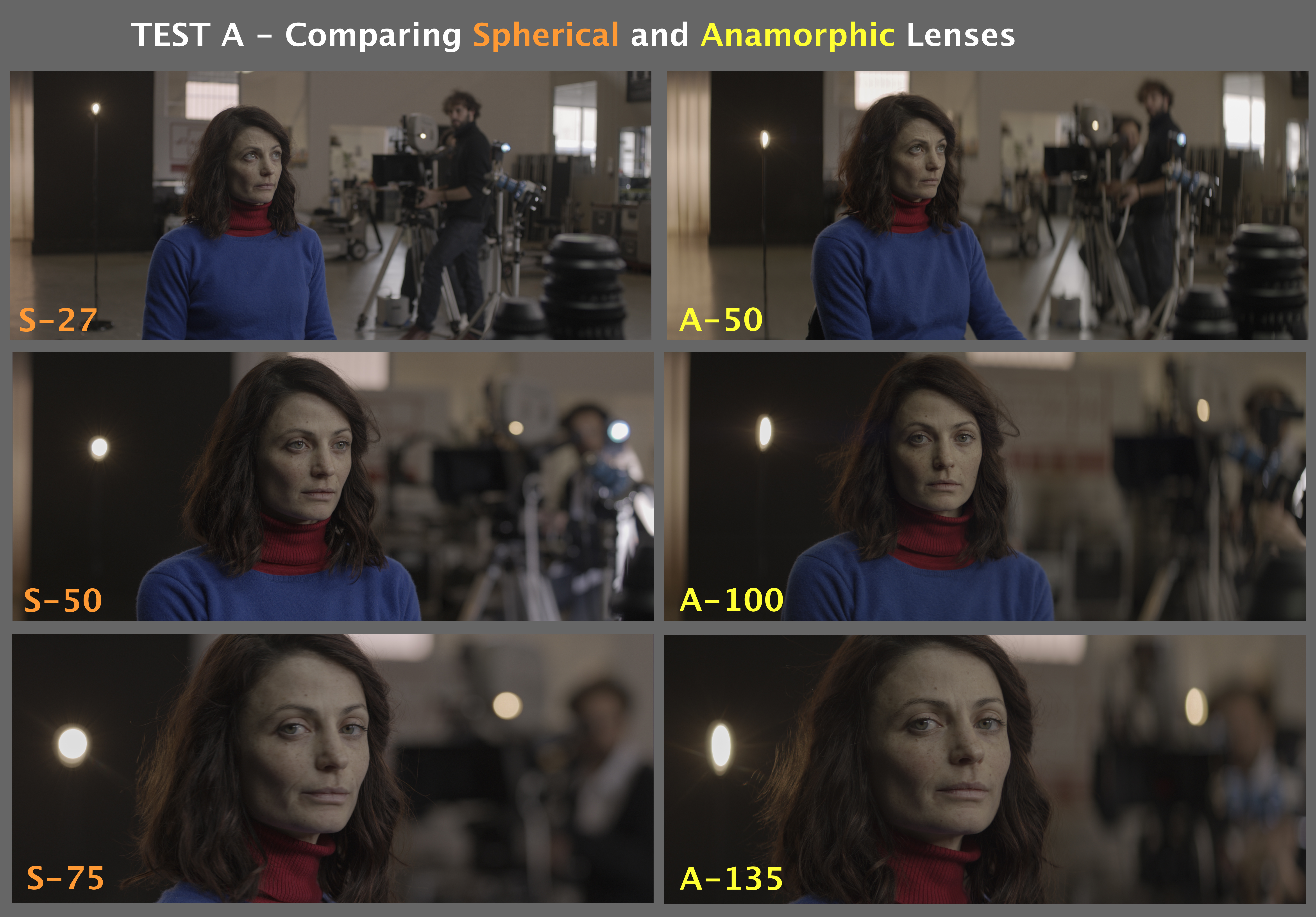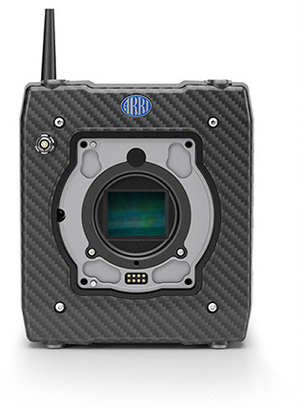I was in pre-production for a film when I ran into the need to understand all my options for shooting in a 2.39:1 ratio on digital. I knew right after reading the script that we needed to shoot in a scope format because the project had all of the elements that the format was designed for (big locations, lots of characters, big action coordination, fight sequences) – that, and because it looks cool! Unfortunately, right off the bat, I was told that the cost and availability of anamorphic lenses in our area were out of the project’s budget realm (as much as I tried to convince them otherwise). So, the only option left was to shoot spherical and make the best out of it.
THE OPTIONS:
The simplest way to explain this is that there are two ways to shoot scope (the same rules apply when shooting on film):
1. You can have a camera with a full frame 4:3 sensor (or gate) and shoot using anamorphic lenses that stretch the rectangular image to fit across the large square surface of the frame. This process allows for more resolution to be captured overall. Then when you view the image in playback, you simply squeeze the elongated image (optically) back down to the rectangular scope aspect ratio. This process comes with its own set of difficulties but also with a unique look and scale that has made a big impression on cinema as we know it.
2. You can shoot with a camera that utilizes a 16:9 size sensor (or gate) and frame for an anamorphic ratio utilizing frame lines; and then matte the top and bottom area outside frame lines to the scope ratio you framed. The problem with shooting this way is that you are cropping your sensor down and lowering your final resolution. Additionally, the scaling will force you to use wider lenses than you may have planned for. However, this way of shooting is substantially cheaper than the anamorphic option and allows you to utilize a variety of different lenses.

I don’t want it to sound like I dislike shooting with spherical lenses, because I do. The original Cooke S4’s and Primos are still my favorite lenses of all time. I just never liked the idea of matting an image. But I am saying that you can’t recreate the dimensionality of anamorphic photography with anything other than anamorphic lenses. They’re just different, and I appreciate that.
MY SELECTION PROCESS:
One of the things I’ve learned to do in pre-production is to ask for what deliverables the distribution or sales company will be expecting. This could weigh heavily on your camera choice. As you could’ve probably guessed from my countless other posts, my digital weapon of choice is the Arriflex Alexa. Thankfully, I was able to secure two Alexa Minis for this shoot.

The next choice was to decide on shooting in either RAW or in Apple ProRes format. I’m always a fan of shooting the camera’s RAW format – for a multitude of reasons, but mostly to just have the densest negative I possible. But sometimes this decision can play into your resolution options. Today, most distribution companies require a UHD (4k) master and a 2k DCP, so it makes sense to capture your project utilizing the most resolution you can. I already knew that my cap on the Alexa in 16:9 mode with RAW was 2.8k (2880×1620), but that’s for the entire 16×9 frame. so since we were shooting framed for 2.39:1; we were actually only getting 2880×1440 in resolution. It’s actually a beautiful image at that size, but I knew I would hear about it being so much less then a “RED” camera would do. It made me worry that I may have to give up the Arri RAW and shoot in UHD mode just to have the 3k in the workflow.
ARRI OPEN GATE:
But then, I learned about the “Open Gate” option on the camera. This function comes with the anamorphic license update; and when combined with the Arri RAW license, the camera allows for 3434×2202 recording in RAW. How it does this is by recording the overscan sensor area to make the field of view larger. It was designed to give VFX the option of more frame room to crop or stabilize images without matting off any of the original frame. Shooting in this mode framed for the 2.39:1 ratio gave us a scope frame that utilized a 3424×1712 resolution. The bonus is that this mode also enlarging your field of view (FOV) of lenses. This helps a lot with the unwanted cropping that the masking would normally do.
In the end, I was able to find a way to shoot in RAW and still hold onto 3.4k resolution in a 2.39:1 frame, with the bonus of the extra field of view (for which “Open Gate” allowed). I was very happy with the results!
PRO’S of OPEN GATE
• More Resolution
• Wider FOV
• Arri RAW
• High Speed Lenses / Smaller Footprint
CON’S of OPEN GATE
• Lower record time per card
• No shootaround room
• More likely to see lens vignetting
Here is a link to the promo trailer (made from the dallies) for market.
PS: I found this great example that helps illustrate the FOV equivalent between anamorphic and spherical lenses.


